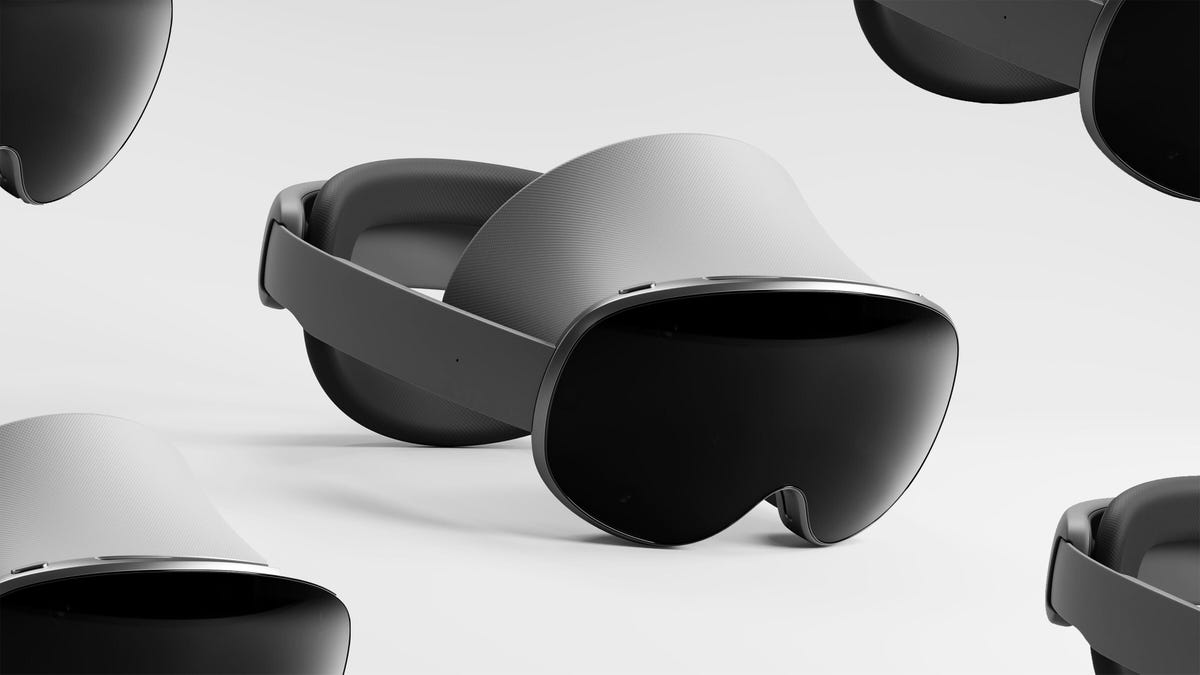
Google today is introducing Android XR, the software platform by which artificial intelligence (AI), augmented reality (AR), and virtual reality (VR) experiences will converge and help power upcoming wearables. Like Apple’s VisionOS, Android XR is centered around spatial computing applications, leveraging smart glasses, mixed reality headsets, and more to overlay useful information and visual cues onto the real-world environment.
Also: Forget the Ray-Ban Metas: Samsung’s upcoming smart glasses are the wearables I’ve been waiting for
The first device to run on Android XR, code-named Project Moohan, was built by Samsung and will be available for purchase sometime next year. The headset, pictured above, features a curved glass visor similar to Apple’s Vision Pro but with a larger face cover to prevent light bleeding and a Meta-esque head strap for comfort. There’s also a button on the top right of the visor, potentially mapped to key actions like powering the device and switching between XR and VR modes.
“Today’s (software) release is a preview for developers, and by supporting tools like ARCore, Android Studio, Jetpack Compose, Unity, and OpenXR from the beginning, developers can easily start building apps and games for upcoming Android XR devices,” says Shahram Izadi, VP and GM, XR in a Thursday press release.
Some Android XR features will include quickly switching between virtual environments and the real world, anchoring apps and content around you, multitasking with multiple floating Chrome windows, and communicating with Gemini about what you see.
Like in competing XR operating systems, entertainment will be a big focus with Android XR, says Izadi, allowing users to watch YouTube and Google TV or view photos on large, virtual screens. Existing Google Play Store apps will be accessible on Android XR, too.
With Android XR, Google is clearly leveraging its existing Android infrastructure to build out the platform, and that’s great news considering how even the best hardware for mixed reality applications today is held back by software. Just a week ago, Apple finally rolled out ultrawide screen support on its $3,500 Vision Pro headset, a change that has quickly become the device’s killer feature.
Also: These new smart glasses remind me of Meta Ray-Bans – but have a clever privacy feature
With proper and adequate developer support and a lineup of manufacturers just as excited as Google to bring XR to the masses, be prepared to see a slew of new (and better) smart glasses and VR headsets in 2025. We might even catch our first glimpse of one in January.
